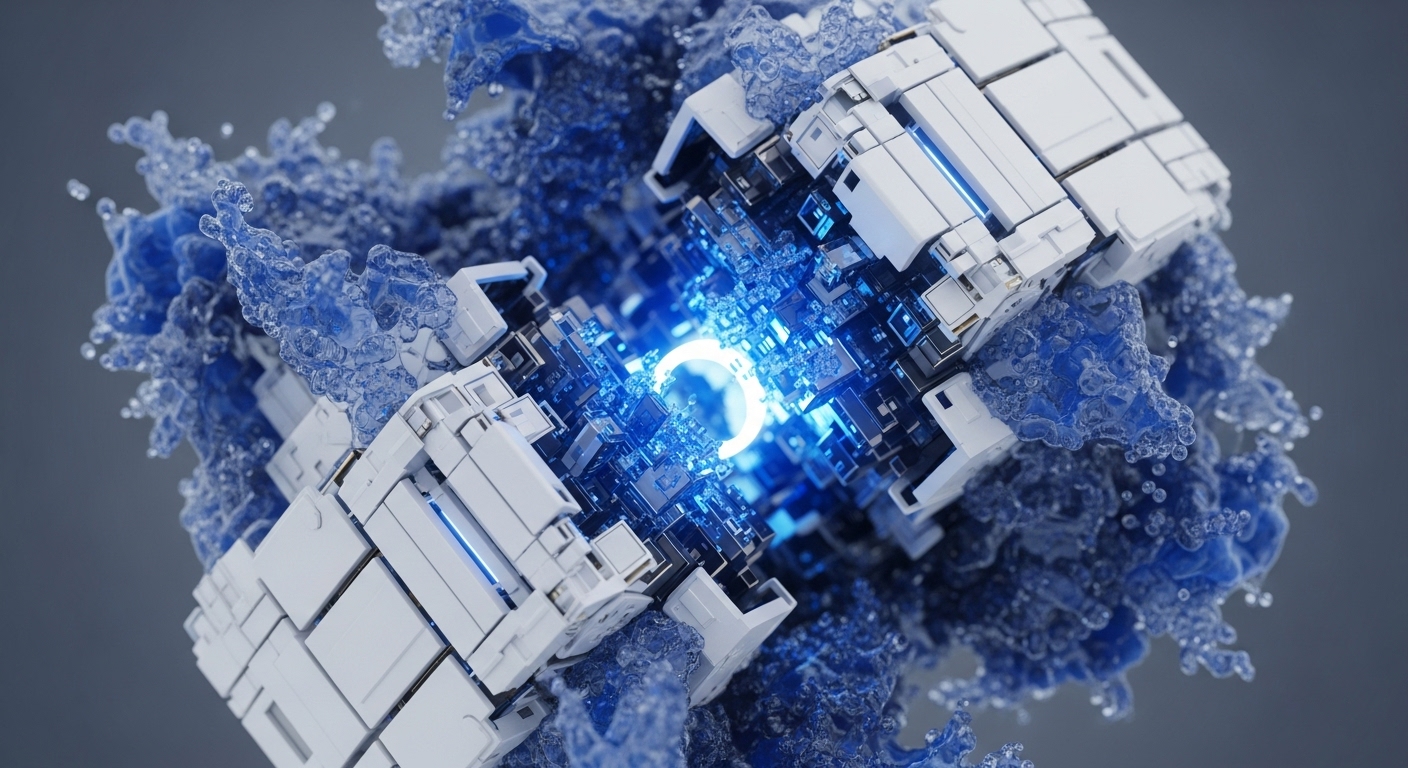
Briefing
Immutable, a leading gaming infrastructure provider, confirmed the revival of the multiplayer PvP brawler Spider Tanks → Cores of Chaos , rebuilt entirely on its next-generation Layer Two (L2) platform. This strategic L2 migration fundamentally alters the Web3 gaming vertical by prioritizing high-quality, fun-first gameplay over speculative tokenomics, abstracting away blockchain friction like high gas fees and slow transactions. The relaunch of this title, originally one of the earliest on-chain multiplayer action games, validates the L2-for-gaming thesis, providing a crucial, high-profile example of a legacy product leveraging mature infrastructure for enhanced performance and global audience scalability.

Context
The first generation of play-to-earn (P2E) games often suffered from a fundamental product gap → token-driven speculation overshadowed the core gameplay loop, leading to unsustainable economies and high user churn. These early titles were frequently deployed on congested Layer Ones (L1s), resulting in prohibitively high transaction costs and a poor user experience for in-game asset trading and progression updates. The prevailing friction was a direct consequence of forcing every micro-transaction, such as an asset upgrade or equipment swap, onto an expensive, slow mainnet, which alienated the traditional gamer demographic.

Analysis
The relaunch on Immutable’s L2 alters the application layer by replacing the costly, friction-heavy L1 transaction model with a dedicated, high-throughput environment optimized for gaming primitives. This architectural shift enables enhanced performance for the frenetic vehicle combat and complex, customizable tank builds that define the game. The chain of cause and effect for the end-user is immediate → they gain true digital ownership of in-game assets without incurring gas fees for every interaction, making asset customization and player-driven progression seamless.
Competing protocols still operating on general-purpose chains face increased pressure to adopt specialized, gaming-focused L2s to match the frictionless user experience and scalability now set as the industry benchmark. This move creates a powerful network effect where a better technical foundation directly translates into a superior product experience, attracting a broader, non-crypto-native player base.

Parameters
- Project Status → Highly anticipated revival of a pioneering 2021 Web3 multiplayer brawler.
- Infrastructure → Rebuilt on Immutable’s next-generation Layer Two (L2) gaming platform.
- Core Innovation → Seamless, frictionless digital ownership and asset customization via L2 scalability.
- Early Access Date → December 8th, 2025.

Outlook
The immediate roadmap involves the early access launch, followed by the integration of player-focused assets and features designed for the L2 environment. This successful L2 migration of a well-known title sets a clear precedent that will likely be copied by other legacy Web3 games seeking to overcome their original technical limitations. The innovation acts as a foundational building block by proving that a dedicated gaming L2 can onboard established titles, creating a powerful Schelling point for all future GameFi development seeking sustainable, fun-first economies.

Verdict
The successful L2 migration of a legacy Web3 game definitively marks the strategic shift from speculative GameFi to architecture-driven, scalable decentralized gaming.
